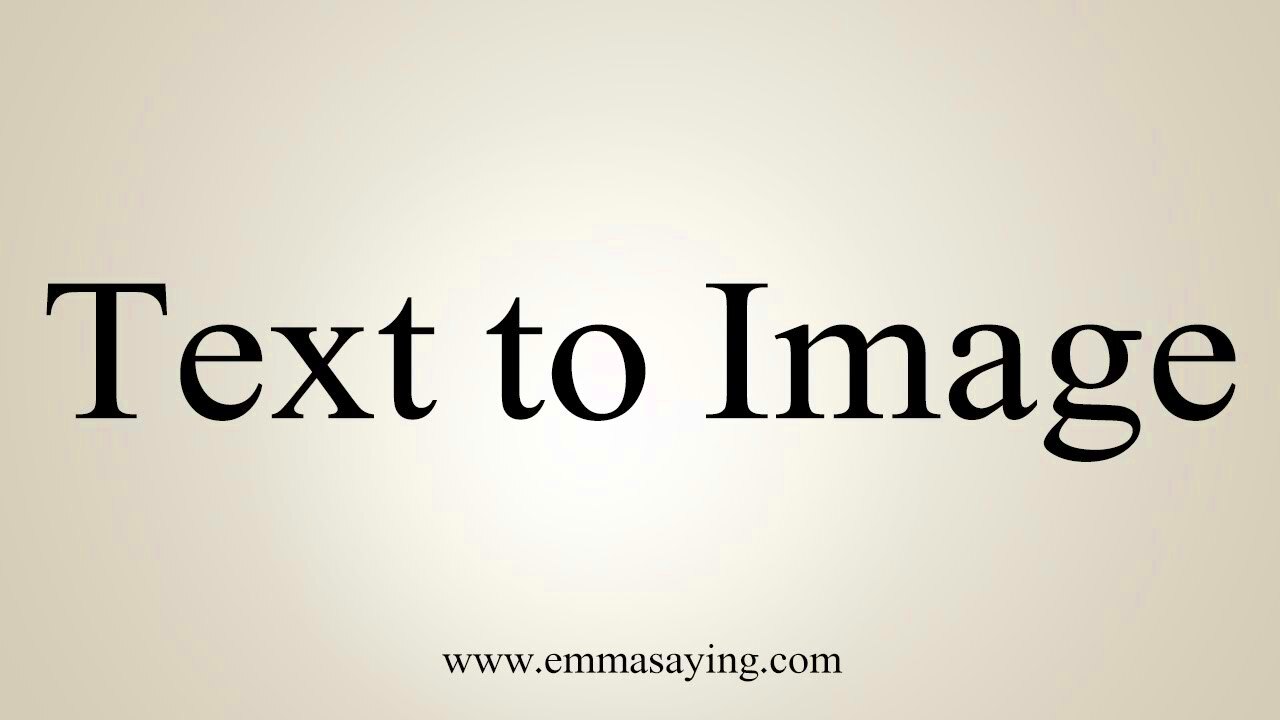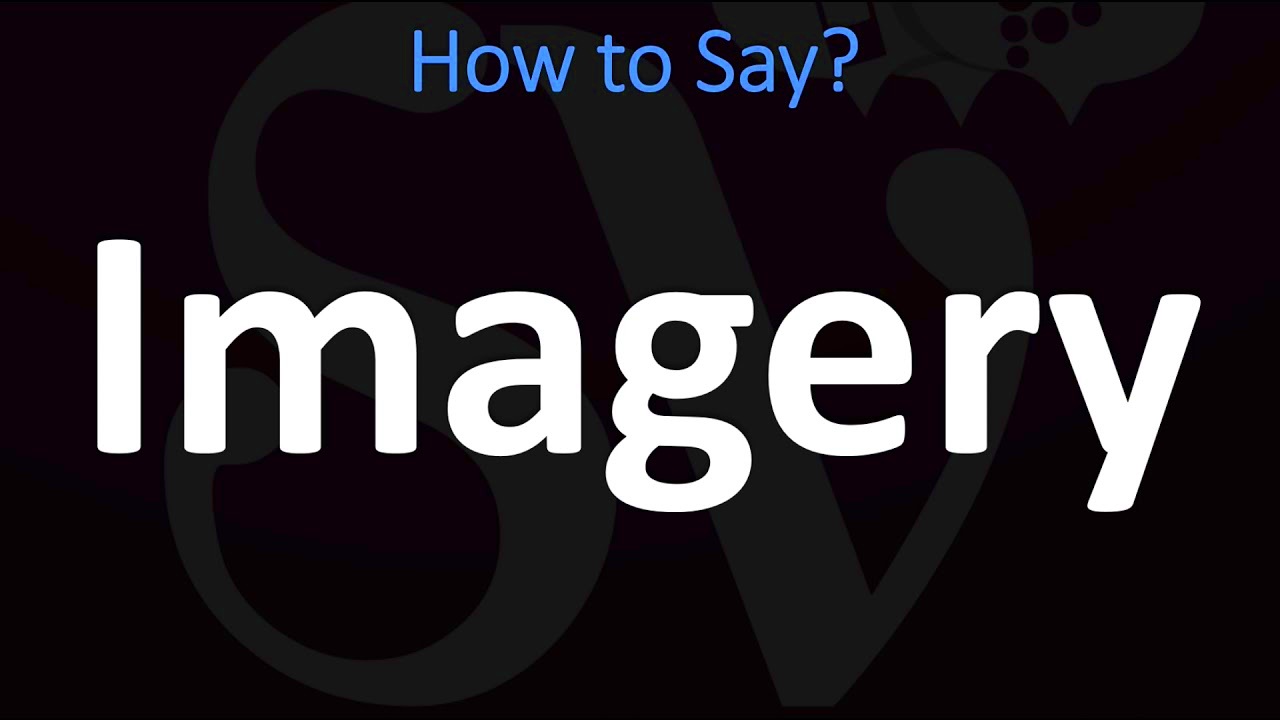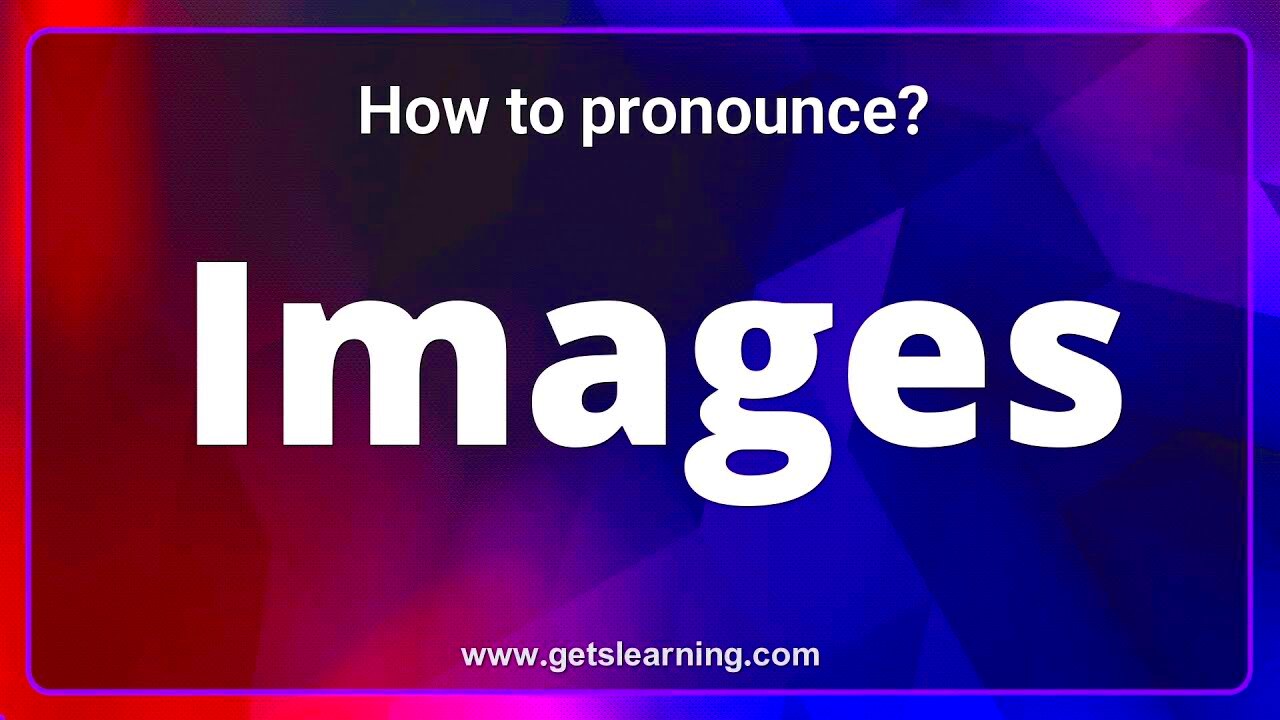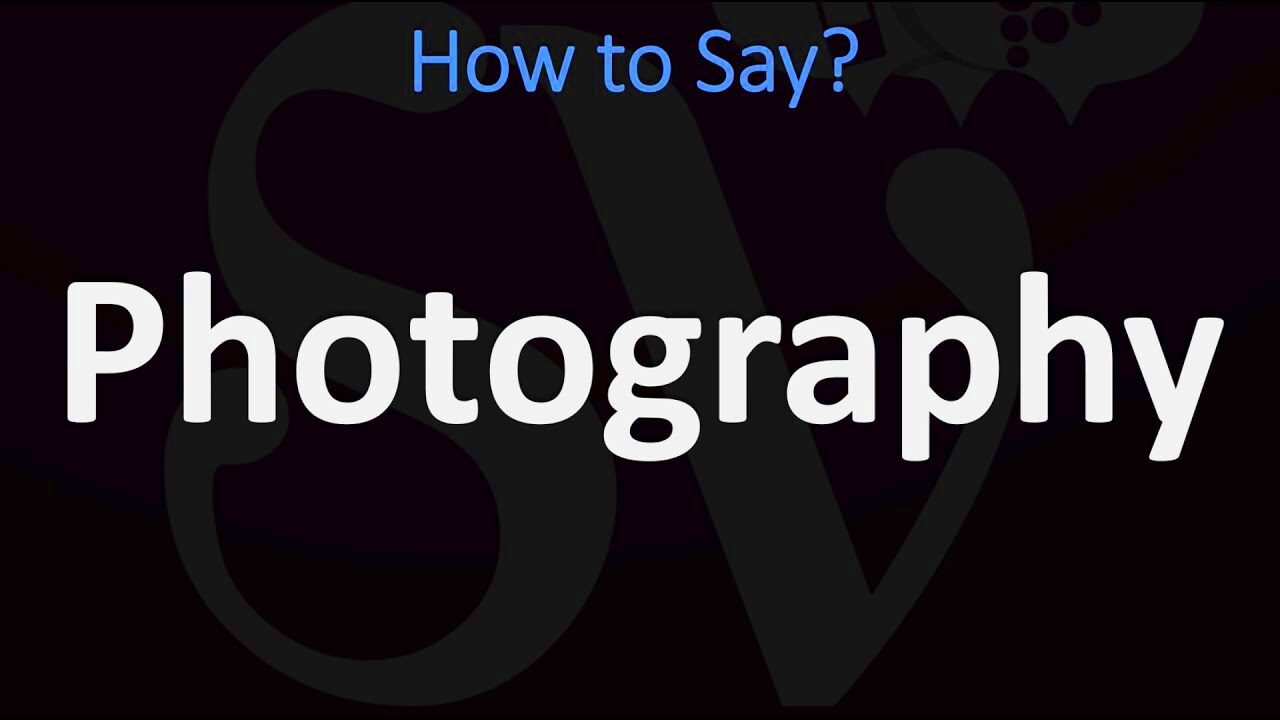Pronouncing words correctly is essential for clear communication, and the word 'image' is no exception. You may have noticed that people pronounce it differently in various settings or even in different regions. Understanding how to say 'image' the right way, depending on the context, is important, whether you are speaking casually with friends or presenting in a professional meeting. In this post, we will help you navigate through the nuances of pronouncing '
Why Pronunciation of 'Image' Varies

The pronunciation of 'image' can vary based on several factors. Here are some of the main reasons why different people might say it differently:
- Regional Accents: People from different parts of the world or even within the same country may pronounce words slightly differently. For example, speakers from the UK might pronounce it differently from speakers in the US.
- Context of Speech: The pronunciation may shift depending on the formality of the setting. You might say it one way in a casual chat, but a slightly clearer version may be needed for a business meeting or presentation.
- Native Language Influence: Non-native English speakers might have a tendency to pronounce English words with the sounds and rhythms of their native language. This can influence how they say 'image'.
- Personal Preference: Some individuals have developed their own pronunciation habits, which may not align with common standards but still remain widely accepted.
In the end, understanding these variations and knowing when to use a particular pronunciation will help you communicate effectively in different environments.
Pronouncing 'Image' in Everyday Conversations

In casual settings, such as chatting with friends, family, or co-workers, the pronunciation of 'image' is generally more relaxed. In these situations, clarity is still important, but the pronunciation may be softer or quicker. Here's how it usually works:
- Standard Pronunciation: The most common pronunciation of 'image' in everyday conversations is /ˈɪmɪdʒ/ (im-ij), where the 'i' sounds like the "i" in 'sit,' and the 'ge' is pronounced like "j." This is the go-to way for most casual interactions.
- Relaxed Version: Some people might shorten the 'i' sound slightly, especially in fast speech, so it sounds like /ˈɪmɪʤ/ (im-ij) with less emphasis on the vowel sound.
- Speed of Pronunciation: In informal speech, people may also run words together, so 'image' could blend into the surrounding words more smoothly. For example, it may sound like 'im-ij' instead of the full "im-age" in slower speech.
Overall, in casual conversation, the goal is to keep the pronunciation simple and easy to understand. It's perfectly fine if it’s not as crisp as in formal situations, but it should still be clear enough that others can follow along without confusion.
How to Pronounce 'Image' in Professional Settings

In professional environments, how you pronounce words can have an impact on how you are perceived. When it comes to the word 'image,' it's important to enunciate clearly to avoid any misunderstandings. Whether you're speaking at a conference, presenting in a meeting, or addressing clients, getting the pronunciation right ensures that you sound confident and professional. Here's how to pronounce 'image' in these settings:
- Clear and Precise Pronunciation: In a professional setting, you should pronounce 'image' slowly and with emphasis on the 'i' sound. The pronunciation is /ˈɪmɪdʒ/ (im-ij), with a clean "j" sound at the end.
- Avoid Slang or Informal Variations: In a business or academic context, avoid any shortcuts or relaxed pronunciations, like slurring the word or dropping syllables. It's better to be clear and articulate.
- Focus on the 'ge' Sound: The 'ge' in 'image' sounds like the letter "j," so make sure it's pronounced clearly. Mispronouncing this part could lead to confusion with other similar-sounding words.
To improve your professional pronunciation, practice in front of a mirror or record yourself speaking. The more you focus on being clear and precise, the more confident you'll sound in your next presentation or meeting.
Pronunciation Tips for Non-Native Speakers

If English isn't your first language, mastering the pronunciation of words like 'image' can be tricky. But with some practice, you can sound just like a native speaker. Here are some helpful tips to guide you:
- Listen to Native Speakers: One of the best ways to learn the correct pronunciation is by listening to native speakers. Watch videos, podcasts, or even news broadcasts, and pay attention to how they say 'image.'
- Break the Word into Syllables: Break down the word 'image' into syllables: im-age. This can help you focus on each sound separately before blending them together.
- Use Language Apps: Language learning apps like Duolingo or Babbel offer pronunciation exercises that can help you get the right sound.
- Practice with a Teacher or Language Partner: Speaking with someone who is fluent can help you correct any mistakes and get instant feedback on your pronunciation.
Don't be afraid to make mistakes – practice is key. Over time, you'll be able to pronounce 'image' just as naturally as native speakers do.
Common Mistakes When Pronouncing 'Image'
Many people, including native and non-native speakers, make common mistakes when pronouncing the word 'image.' Recognizing these mistakes and correcting them can help you sound more confident and clearer in your speech. Here are some of the most frequent errors:
- Mispronouncing the 'i' Sound: A common mistake is to pronounce the 'i' in 'image' as /e/ (like in 'cake') instead of the short 'i' sound /ɪ/ (like in 'sit').
- Pronouncing 'ge' as 'g': Some people mistakenly pronounce 'image' as /ˈɪmæg/ (im-ag) instead of the correct /ˈɪmɪdʒ/ (im-ij). The 'ge' should sound like the 'j' in 'judge,' not like a hard 'g' sound.
- Dropping the 'ge' Sound: Another error is leaving out the 'ge' sound altogether, saying 'im' without the 'ge' (e.g., 'im' instead of 'im-ij'). This can cause confusion and make your speech sound incomplete.
- Overemphasizing the 'i' Sound: Some speakers may stretch the 'i' too much, pronouncing it as 'ee' instead of the short 'i.' This can make it sound unnatural and different from the typical pronunciation.
Being aware of these common mistakes is the first step in correcting them. With a little practice, you’ll be able to pronounce 'image' perfectly in any setting.
Practicing the Correct Pronunciation of 'Image'
Practice makes perfect, and the same applies when it comes to pronouncing the word 'image.' Whether you're speaking in a casual conversation or delivering a professional presentation, getting the pronunciation right takes practice. Here are some effective ways to practice the correct pronunciation of 'image' and improve your speaking confidence:
- Record Yourself: One of the best ways to practice is to record yourself saying 'image.' Play it back and compare it to recordings of native speakers. This will help you identify areas where you can improve.
- Repeat After Native Speakers: Listen to how native speakers say 'image' in videos, podcasts, or interviews. Repeat what you hear and mimic their pronunciation. This will help you learn the rhythm and tone of the word.
- Use Phonetic Symbols: Looking at the word's phonetic spelling can be a useful guide. For 'image,' the phonetic spelling is /ˈɪmɪdʒ/. This shows you the specific sounds to make when pronouncing it.
- Practice in Context: Don’t just practice the word in isolation. Use 'image' in full sentences to get used to pronouncing it in natural speech. For example, say, "I saw an interesting image on social media today." This will help you integrate the word more comfortably into conversation.
- Ask for Feedback: If possible, ask a teacher, language partner, or native speaker to listen to your pronunciation and provide feedback. This helps correct any subtle mistakes that you might not notice on your own.
Consistent practice is key to mastering the pronunciation of 'image.' Over time, it will become second nature, and you'll feel more confident when using the word in any setting.
Conclusion
Mastering the pronunciation of 'image' is a small but important step in improving your overall communication skills. Whether you're using the word in casual conversation or in a more formal, professional setting, saying it correctly helps you sound clear, confident, and well-spoken. By understanding the variations in pronunciation, practicing regularly, and learning from your mistakes, you can easily improve your pronunciation and make a positive impression on others.
Remember, the key is to focus on the pronunciation of each syllable and use the right context. So, take the time to practice and don't be afraid to ask for help or feedback when needed. Over time, you'll notice significant improvement in how you pronounce 'image' and other English words, making your speech more natural and effective.
FAQ
Q1: How can I tell if I'm pronouncing 'image' correctly?
A1: The best way to check your pronunciation is to listen to native speakers and compare it to your own. You can also use pronunciation tools or apps that let you hear the correct pronunciation.
Q2: Can I pronounce 'image' differently based on the context?
A2: Yes, the pronunciation of 'image' can vary depending on the setting. In professional contexts, you should aim for clear and precise pronunciation, while casual settings may allow for a more relaxed version.
Q3: Is there a difference in pronunciation between American and British English?
A3: While the basic pronunciation of 'image' remains the same in both American and British English, accents and regional differences can affect how it sounds slightly. However, both versions are widely understood.
Q4: How can I improve my overall pronunciation in English?
A4: To improve your English pronunciation, focus on listening to native speakers, practicing regularly, using phonetic symbols, and seeking feedback. Speaking with others, whether through language exchange or professional lessons, can also help refine your skills.











